Varroa mites might be tiny, but their impact on bee colonies is massive. These reddish-brown parasites attach to bees, feeding on their body fluids and spreading viruses. If left unchecked, Varroa mites can decimate an entire hive, making them one of the most destructive threats in beekeeping today.
These pests typically enter the hive by hitching rides on foraging bees. Once inside, they infest brood cells, where they feed on developing larvae and pupae. This process not only weakens the individual bees but also significantly disrupts the colony’s growth and productivity.
Spotting a Varroa mite infestation early is crucial. Keep an eye out for physical signs like deformed wings, missing legs, or an overall sickly appearance in your bees. On closer inspection, you might also notice tiny red or brown dots on the bees’ bodies, especially around the thorax and abdomen.
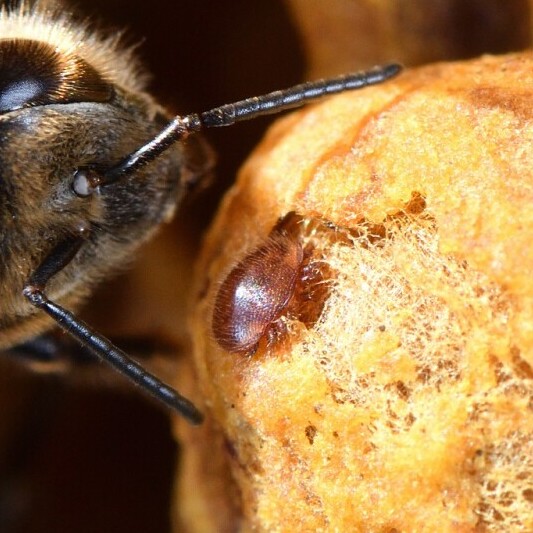
Varroa mites can have devastating consequences. They weaken bees, making them more susceptible to other diseases and stressors. This leads to dwindling bee populations, reduced honey production, and in severe cases, colony collapse. Understanding the life cycle and behavior of Varroa mites is the first step in effectively managing and controlling their presence in your hives.
Prevention Strategies: Keeping Varroa Mites at Bay
One of the best ways to manage Varroa mites is to prevent them from taking over in the first place. Regular hive inspections are key. By checking hives frequently, you can spot early signs of infestations and take action before things get out of control. Look for mites on adult bees, as well as in brood cells.
Biosecurity measures are another strong line of defense. Limit the movement of hives and equipment between locations to reduce the risk of spreading mites. Quarantine new colonies for a while to ensure they’re mite-free before introducing them to your existing apiary.
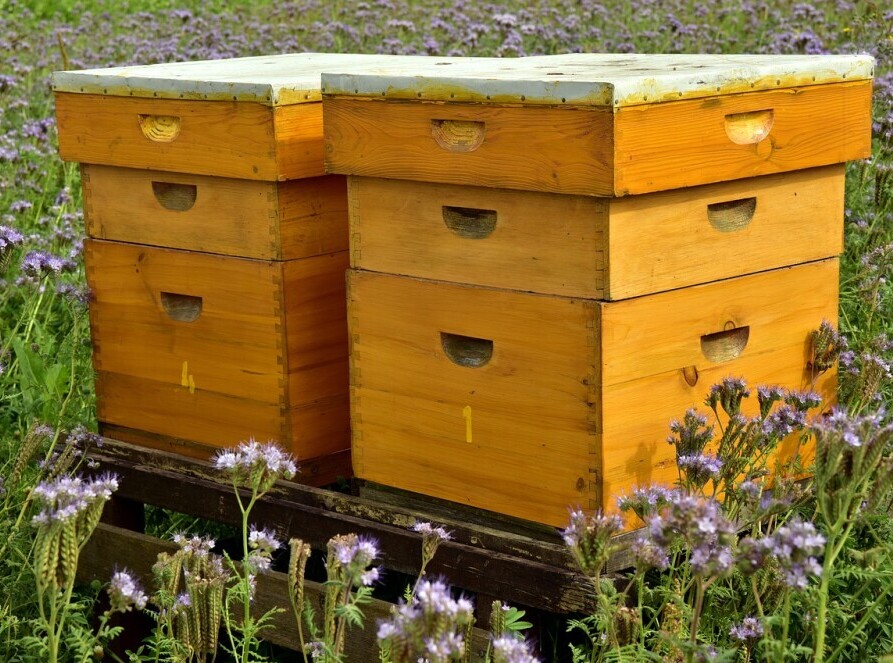
Genetics can play a significant role. Some bee strains are naturally more resistant to Varroa mites. Breeding or purchasing queens from these resistant strains can help your hives build a natural defense against these pests.
Integrated pest management (IPM) methods combine multiple strategies for more effective control. Maintaining good hive health, using screened bottom boards, and rotating chemical treatments can all contribute to keeping mite populations low. Combining these strategies can reduce the need for harsh treatments and keep your bees thriving.
Chemical Treatments: When and How to Use Them
Chemical treatments can be a lifeline when Varroa mite populations get out of hand. However, knowing when and how to use these treatments is crucial to avoid harming your bees and ensuring the treatments are effective.
There are several commercial chemical treatments available, ranging from synthetic miticides to organic acids. Common options include Apivar (amitraz), Apiguard (thymol), and oxalic acid. Each has its pros and cons, so it’s essential to choose one that fits your specific needs and circumstances.
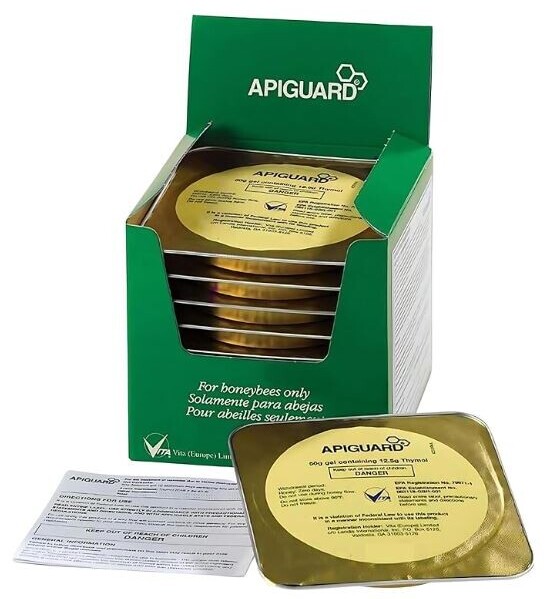 CHECK OUT PRICING HERE
CHECK OUT PRICING HERE
Formic acid is a popular organic treatment for managing varroa mites in beehives. It’s naturally derived and effective because it can penetrate the brood caps, targeting mites where they reproduce—a feature many treatments lack. To use formic acid, beekeepers typically apply it via pre-packaged strips, such as Mite Away Quick Strips (MAQS or Formic Pro).
 CHECK OUT PRICING HERE
CHECK OUT PRICING HERE
These strips are placed directly in the hive, following the manufacturer’s instructions for placement and timing. It’s essential to monitor the temperature, as formic acid treatments work best in specific ranges (usually between 50°F and 85°F).
Always wear protective gear when handling formic acid, as it can be caustic, and ensure proper ventilation for the bees. Used correctly, formic acid is a valuable tool in keeping varroa mites under control while supporting hive health.
Timing is everything when it comes to applying chemical treatments. The best time is usually during the late summer or early fall, after the honey harvest, but before the bees start their winter preparations. This timing ensures minimal contamination of honey and allows the treatment to take full effect before winter.
Applying chemical treatments requires precision. Follow the instructions on the product label carefully to ensure proper dosage and application. Overdosing can harm your bees, while underdosing may not effectively control the mite population.
Be aware of the potential side effects and resistance issues. Some mites may develop resistance to certain chemicals over time. Rotating between different types of treatments can help mitigate this risk and sustain the effectiveness of your mite control efforts.
Natural and Organic Methods: A Holistic Approach
For those who prefer a more natural route, several effective methods can help control Varroa mites without relying on harsh chemicals.
Thymol, derived from thyme, and oxalic acid, found in plants and vegetables, can deter mites while keeping bees safe. These natural substances disrupt the mites’ life cycle, reducing their numbers over time.
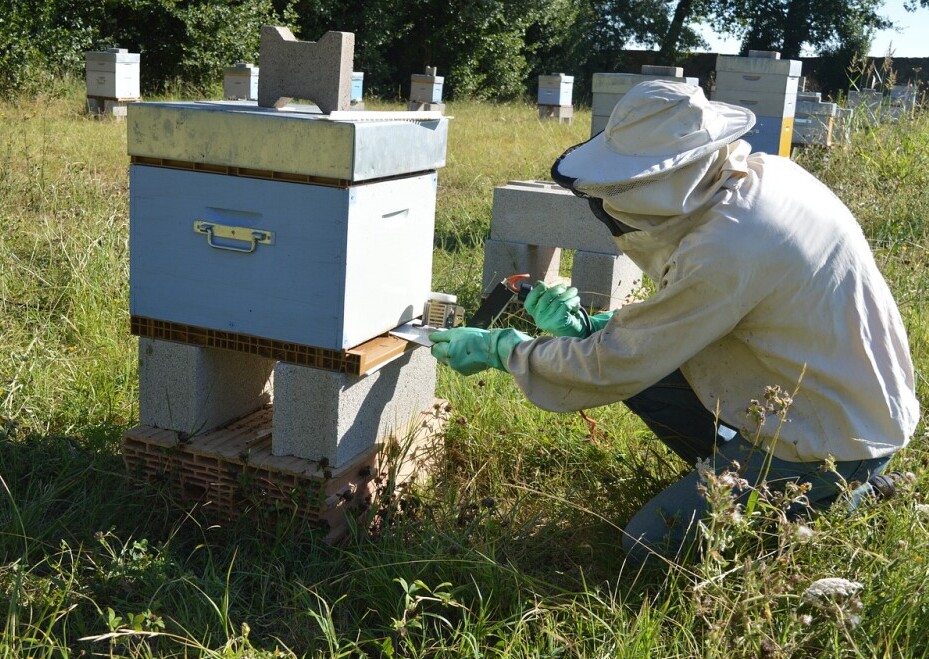
Drone brood removal involves exploiting the mites’ preference for drone brood cells. By periodically removing frames of drone brood, you can capture and remove a significant portion of the mite population from the hive. This method requires diligence but can be highly effective.
Maintaining a strong, healthy hive is a natural deterrent to Varroa mites. Regular practices like ensuring adequate nutrition, providing clean water sources, and minimizing stress contribute to overall hive health, making it harder for mites to thrive.
However, it is important to understand that unfortunately you cannot have a hive that is mite free. Varroa mites are in every hive regardless if you can see them or not.
Natural methods can be effective but come with their own set of challenges. Monitoring and adjusting strategies based on bee and mite activity will ensure that your efforts lead to long-term hive health.
Monitoring and Maintenance: Ensuring Long-term Hive Health
Keeping Varroa mites under control isn’t a one-time task—it’s an ongoing effort. Regular monitoring is essential to stay ahead of mite infestations.
Effective monitoring techniques include sugar shakes, alcohol washes, and sticky boards. Each method has its own advantages, but all are designed to give you a snapshot of the mite levels in your hives. Incorporating at least one of these methods into your routine can help track mite populations accurately.
Setting up a maintenance plan tailored to your hives’ needs can make a big difference. Combine chemical treatments, natural methods, and good hive management practices to keep mites in check year-round. Being flexible and willing to adapt your strategies as needed will keep your bees healthy and productive.

Seeing success stories can be incredibly motivating. Many beekeepers have successfully managed Varroa mite infestations through diligent monitoring and varied treatment plans. Learning from their experiences can offer valuable insights and practical tips to improve your own mite control efforts.
The goal is long-term hive health and sustainability. By staying vigilant and proactive, you can keep Varroa mite populations low and ensure your bees remain happy and thriving.
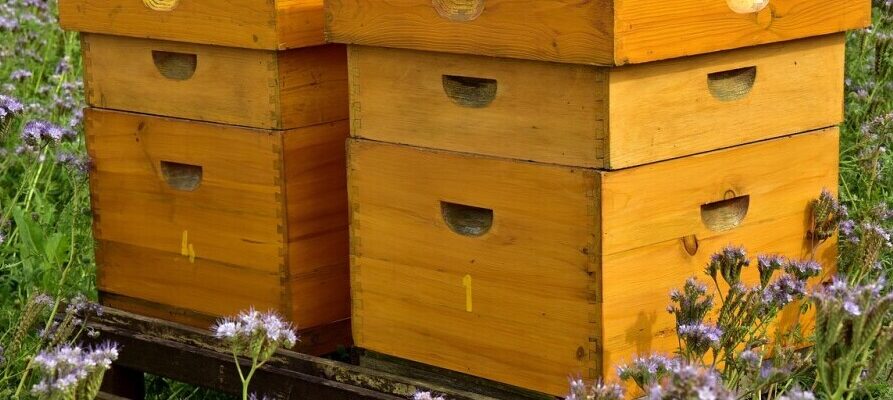
2 comments on “Controlling Varroa Mites In Your Hive”
Shaun Zen
November 28, 2024 at 6:49 amVarroa mites are indeed a significant threat to bee health and colony survival. Your overview of their impact and the strategies for managing them is comprehensive and well-articulated.
I’m curious that: for beekeepers who are new to managing Varroa mites, what are some practical first steps they can take to assess and control mite populations in their hives?
Thanks for shedding light on the importance of proactive Varroa mite management in beekeeping!
Randi
November 28, 2024 at 7:09 pmThanks for your thoughtful comment! Varroa mites really are a major challenge, but I’m glad you found the article helpful. For new beekeepers, I covered some practical first steps in the article, like using methods such as sugar roll tests or sticky boards to assess mite levels. Starting with these assessments gives you a good idea of the infestation level and helps decide on the best control strategy. Regular monitoring and staying proactive are key to keeping your colonies healthy. Thanks again for reading—I really appreciate your interest!